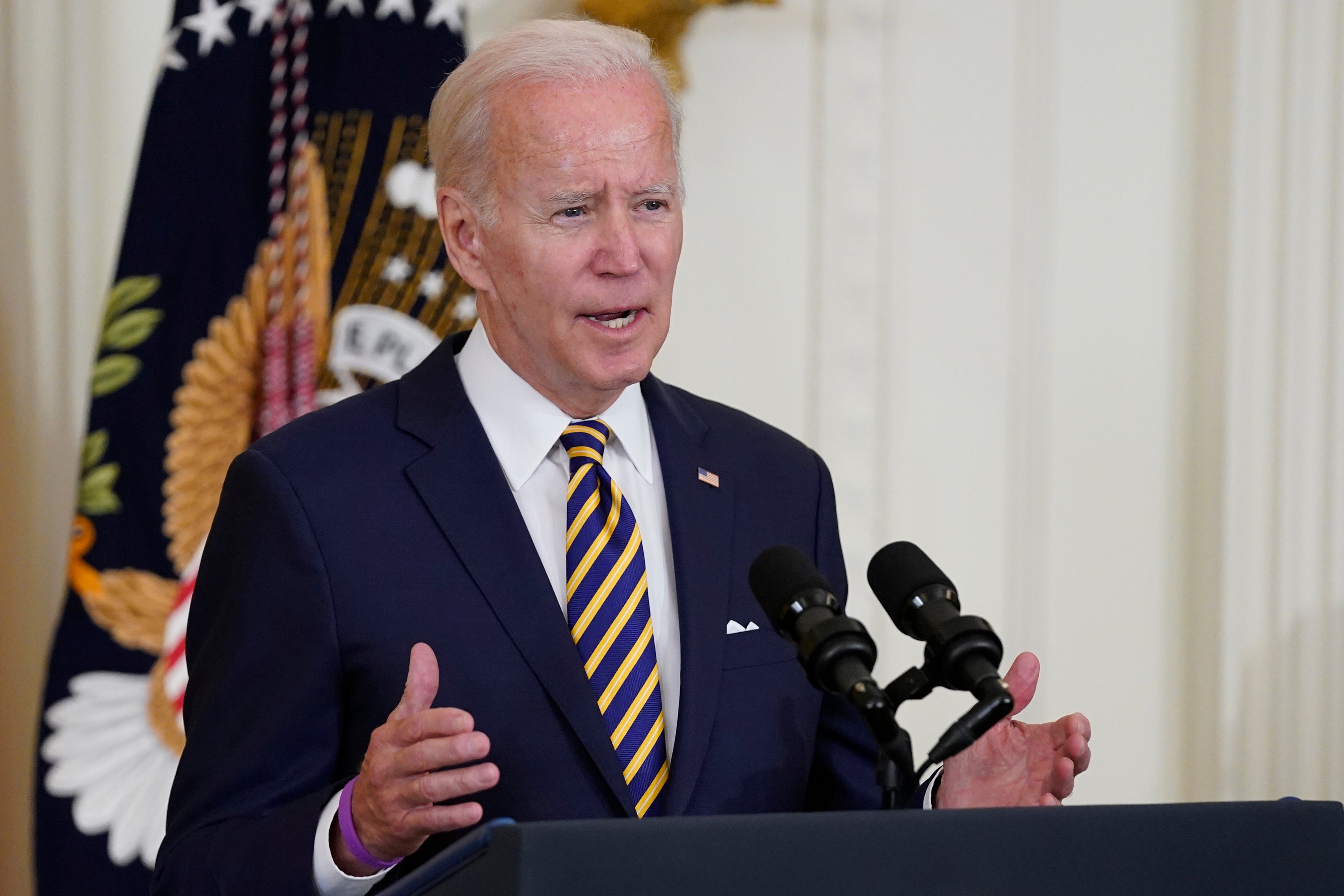Biden canceling $10,000 of student debt is worse than no cancellation at all
This amount — which goes up to $20,000 for Pell Grant recipients — will make barely any difference to anyone, but it does make it look like the president did something. As my own student loan horror story shows, we have much bigger things to worry about

President Biden has announced that, along with extending the moratorium on student debt payments until December 31 and capping payments at 5 percent of a borrower’s monthly income, each former student will have $10,000 in federal loan debt cancelled if they make under $125,000 annually (Pell Grant recipients will have $20,000 cancelled). According to earlier data from the US Department of Education, this will effectively wipe out the balances of approximately 15 million Americans, and reduce the debt burdens of another nine million Americans by roughly 50 percent. But for the rest of America’s burdened current and former students, this is actually a significant setback.
The cost of obtaining a college degree varies by state, but 2020 data from the National Center for Education Statistics shows that American college students can expect to pay an average of $9,200 per year in tuition and fees, assuming they attend a public, in-state university (tuition and fees balloon to more than $26,000 annually for out-of-state students, and more than $31,000 annually for private institutions). The average American student debtor owes roughly $32,000, according to Federal Reserve data. In a larger context, a $10,000 cancellation likely only pays down interest for most student borrowers. And in a matter of years, that interest could very well accrue to the point where a $10,000 one-time cancellation is rendered meaningless.
In July 2021, the National Consumer Law Center and the Center for Responsible Lending published a joint report examining the dire situation faced by “underwater” student borrowers, or borrowers who owe more than they initially borrowed. Of the approximately 428,000 borrowers serviced by Navient who made on-time monthly payments in spite of the Covid moratorium, 63 percent owe more than the original loan amount. And a third of those borrowers owe more than 125 percent of their original loan principal despite making at least one payment during the pause. $10,000 for each of these borrowers not only makes no difference in their lives, but further encourages usurious debt servicers to continue gouging student debtors. (To be clear, the White House is indicating that “no borrower’s loan balance will grow as long as they make their monthly payments,” which would help address the plight of underwater borrowers.)
I wrote about my own student loan horror story for The Independent last year. I paid back more than twice what was initially borrowed, only for Navient to misapply my payments and keep the balance open, allowing it to continue accruing interest. I’m far from the only person who has been misled by Navient – the company settled lawsuits in 38 states and Washington DC, getting away with a $1.8 billion slap on the wrist (a class-action lawsuit the Consumer Financial Protection Bureau filed against Navient is still ongoing as of early 2022). In late 2021, Navient offloaded nearly $450 billion in federal student debt owed by approximately 5.6 million student borrowers to debt servicing company Maximus, which Senator Elizabeth Warren (D-Massachusetts) has accused of shady business practices.
Not only does $10,000 in student debt cancellation not make any significant difference for most student borrowers, but it’s actually a hindrance for a subset of borrowers in income-based repayment (IBR) plans. Because IBR plans are calculated based on a formula tied to a borrower’s income and not the original loan principal, monthly payments for IBR borrowers would remain unchanged even if their loan balances were reduced by $10,000. As student debt attorney Adam Minsky wrote in Forbes, borrowers on 10-year IBR plans, when assuming an interest rate of 6 percent (federal student loan interest rates hover between 5 percent and 6.5 percent) would see their loan balances climb back to the original amount within that 10-year period even with a one-time cancellation of $10,000.
And demanding further debt cancellation from President Biden beyond this point will prove to be an even more difficult task now that that box has been checked and that win has been notched.
If the administration is serious about wanting to tackle student debt, Biden should instruct his Department of Education to reduce all outstanding federal loans to $0, as the Higher Education Act of 1965 already allows him to do. In addition to benefiting the more than 44 million Americans who have student debt, the larger economic benefits would be felt by everyone. A 2018 study by the Levy Institute of Economics at Bard College estimates that, assuming $1.4 trillion of debt cancellation, there would be between 1.25 and 1.5 million new jobs created each year for the first several years following cancellation.
Mass student debt cancellation would also be a significant step forward for racial justice, given that borrowers of color owe proportionally more than their white counterparts given that they typically have far less family wealth to lean on when paying for college. According to a 2021 report by the ACLU, Black borrowers still owe 95 percent of their debt 20 years after initially taking their loans, whereas white borrowers have typically paid off 94 percent of their debt 20 years after taking out loans.
While President Biden campaigned on $10,000 in student debt cancellation, this technically fulfills that promise. And it provides further justification that Biden has the power to unilaterally forgive student debt without any action from Congress. But given the outsized role student debt has in preventing the economic mobility of tens of millions of Americans, $10,000 has to be the beginning, not the end.
Carl Gibson is a freelance journalist and columnist from Kentucky. Follow him on Twitter @crgibs.
Join our commenting forum
Join thought-provoking conversations, follow other Independent readers and see their replies
Comments
Bookmark popover
Removed from bookmarks